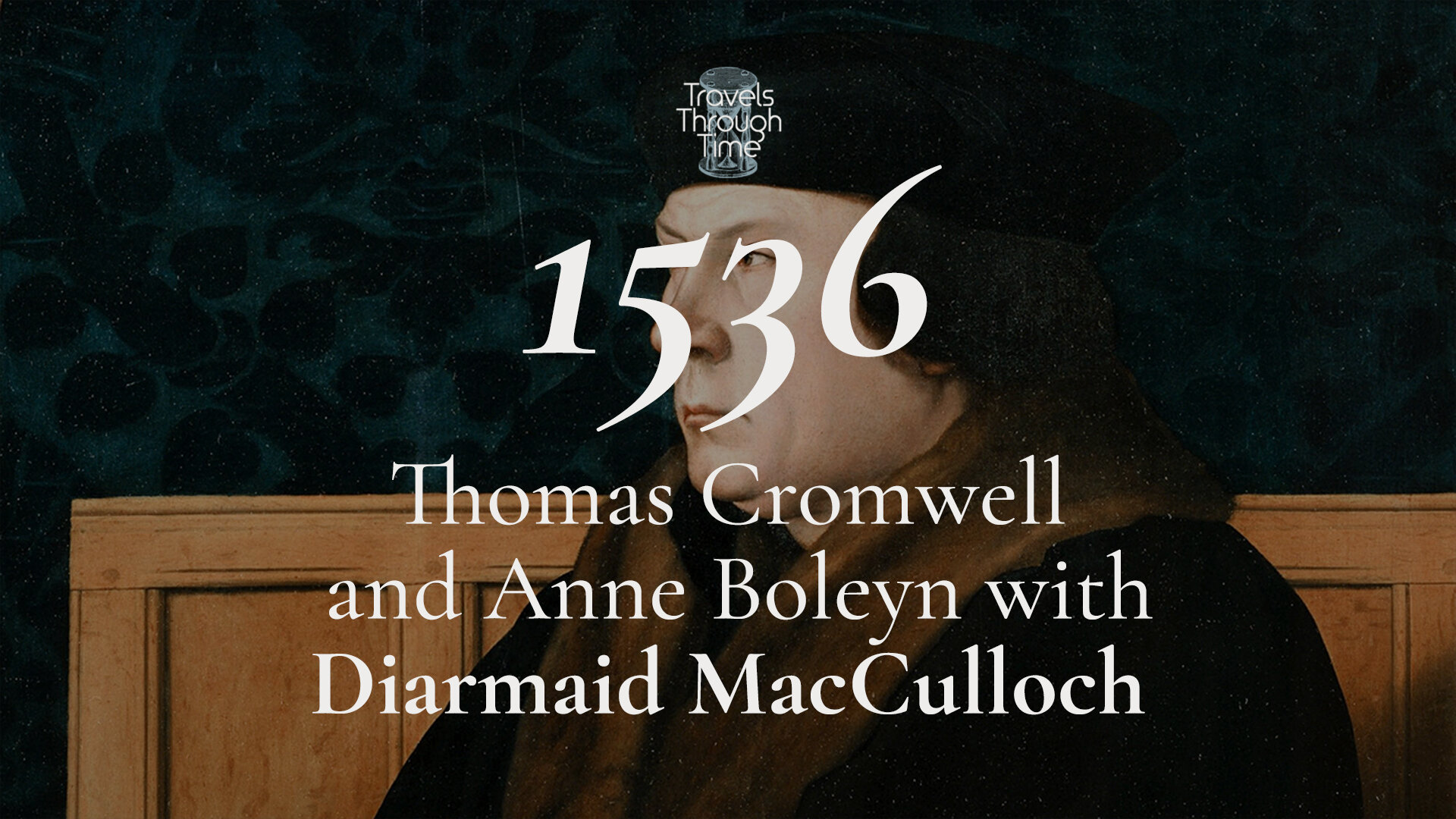The City at the Hub of the World: Michael Pye (1549)
Not far from the coast, at the mouth of the River Scheldt, sits the city of Antwerp. It’s location, both geographically and politically, has shaped the city’s rich and enticing identity. As Michael Pye, this week’s guest, tells us, in the sixteenth-century Antwerp was known as the ‘city at the hub of the world.’
*** [About our format] ***
This week’s destination has been called, ‘the most consistently cool city on earth,’ by the Lonely Planet Guide and there is no doubt that, in the mid sixteenth century at least, Antwerp was top of everyone’s list.
There were many reasons for this, but freedom lay at the heart of them all. As the biggest port in Europe, Antwerp was at the centre of an increasingly global trade network, its wharves weighed down with cargoes of pepper, silver and cloth. Merchants from Venice, Germany, Portugal and anywhere else you can think of came to trade and get rich – there was nowhere better to celebrate success.
View of Antwerp with the frozen Scheldt, 1590. Lucas van Valckenborch Wiki Commons
This extraordinary melting pot was a haven for Jews and hard-line Protestants, and a playground for everyone else. Antwerp lies in modern day Belgium, but in 1549 it was part of the Holy Roman Empire, ruled from Madrid by the devoutly Catholic Habsburg monarchy.
Elsewhere in their dominions, religious conformity was the order of the day, but Antwerp generated so much money for the Empire they were forced, for the time being at least, to turn a blind eye to the scandalous behaviour and beliefs of its residents.
This was no small feat; Antwerp broke all the rules and its thriving printing industry specialised in controversial texts - William Tyndale’s English Bible was printed here before being smuggled into fishing villages on the Kent coast. It was said you could buy anything in its markets: drugs, guns, art, diamonds, everything had a price.
Our guide on this journey, the award-winning writer Michael Pye, lives just over the border in The Netherlands and has spent years combing the archives and a huge range of other sources to bring us this magnificent book, Antwerp, The Glory Years. He takes us through the markets and into the back streets of this extraordinary city, past the workshops mass-producing paintings and sculptures, the printing presses spewing out radical ideas and the mighty Boursa, the exchange, where the merchants gathered, and money flowed.
***
Click here to order Michael Pye’s book from John Sandoe’s who, we are delighted to say, are supplying books for the podcast.
*** Listen to the podcast ***
Show notes
Scene One: September, Charles V’s ceremonial entry into Antwerp with his son Philip.
Scene Two: The King of Sweden sends Jacob Binck to Antwerp to check on the progress of a tomb he had commissioned.
Scene Three: Italian merchant and conman Simone Turchi’s luck begins to run out.
Memento: A baboon
People/Social
Presenter: Violet Moller
Guest: Michael Pye
Production: Maria Nolan
Podcast partner: Unseen Histories
Follow us on Twitter: @tttpodcast_
Or on Facebook
See where 1549 fits on our Timeline
About Michael Pye
Michael Pye’s twelve books have been translated into fifteen languages; three have been New York Times ‘Notable Books of the Year’, two were British bestsellers and one became a Hollywood movie. He won various prizes in Modern History at Oxford, and went on to be a journalist, broadcaster and columnist in London and New York. He lives in Amsterdam.
Background Map: Library of Congress
Antwerp, as seen from afar
The Spanish Fury, as mention in the episode
Listen on YouTube
Complementary episodes
Christiaan Huygens: Hugh Aldersey-Williams (1655)
Author and journalist Hugh Aldersey-Williams takes us back to meet Christiaan Huygens, a figure oddly forgotten by us today but who was once venerated as the greatest mathematician, astronomer and physicist of his age.
The City of Tears: Kate Mosse (1572)
In this episode bestselling author Kate Mosse takes us to the heart of one of the most dramatic and violent episodes in French history – the St. Bartholomew’s Day massacre.
Thomas Cromwell and Anne Boleyn: Diarmaid MacCulloch (1536)
In this wonderfully described episode, Diarmaid MacCulloch, takes us back to the dramatic heart of Henry VIII’s Tudor court. The character in focus is one of the most fascinating of all: Thomas Cromwell.
Albert and the Whale: Philip Hoare (1520)
In 1520 the artist Albrecht Dürer was on the run from the Plague and on the look-out for distraction when he heard that a huge whale had been beached on the coast of Zeeland. So he set off to see the astonishing creature for himself.














